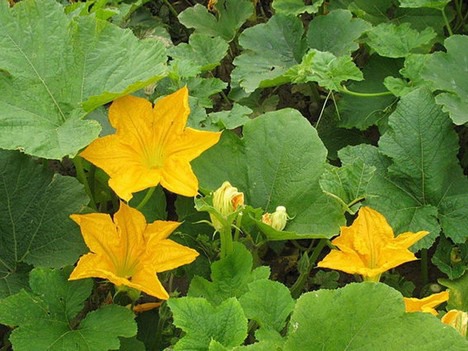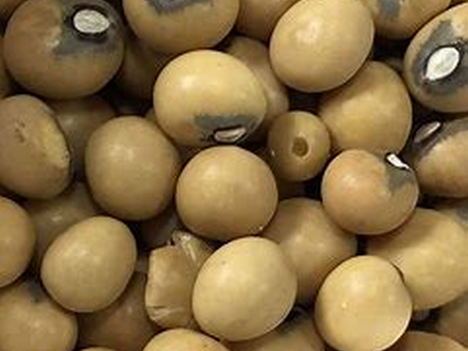Despite an abundance of indigenous vegetables and fruits in Southern Africa, people in the region continue to suffer from food insecurity. It appears that they do not value these foods and their potential to eradicate poverty and hunger, promote health and nutrition, and provide an income for households.

Pumpkin leaves
“The consumption of indigenous foods such as Bambara groundnuts, cowpeas, green leafy vegetables, and pumpkin leaves is declining in most Southern African countries. This decline has been attributed to several factors, including the westernisation of African diets, the bitter and discouraging taste of wild vegetables, culture, and the perception that wild vegetables are low-income foods,” say researchers in the Division of Human Nutrition in the Faculty of Medicine and Health Sciences at Stellenbosch University.
“A lack of interest in learning about indigenous foods or absence of the older people passing on information to the younger generation about the identification, harvesting, preparation and preservation of these foods have also contributed to this decline. Also, commercial farming, research and development have significantly ignored these foods, making them less competitive than established major crops.”
The researchers did a systematic review of existing data (2011–2021) about the availability of indigenous foods in Southern Africa, including factors leading to their utilisation. The findings of their review were published recently in the international open access journal Sustainability.
The researchers say the review revealed that the availability of and knowledge about indigenous foods were critical determinants of their intake.
“Studies in Kenya, Botswana, South Africa, Eswatini and Zimbabwe have shown that indigenous foods are rich in macro-nutrients (protein) and micro-nutrients (calcium, vitamin A, potassium, magnesium, zinc and iron) but their nutritional potential and advantages have yet to be adequately appreciated and explored.
“These foods were reported to be consumed more frequently in rural areas, mainly by the elderly and the unemployed. Studies in our systematic review revealed that some indigenous vegetables obtained from multi-purpose plant species are consumed as food and medicine to promote health. Additionally, various drinks made from indigenous foods are available, including traditional beer, fermented non-alcoholic beverages and herbal teas.

Bambara groundnut
“Indigenous foods are not only accessible, but also consumed to provide both nutrition and health benefits in various communities. This is important given that most rural areas in Southern African countries have little to no access to medical facilities or people have to walk long distances to access these facilities.”
Indigenous foods were said to have the ability to improve food security through their availability, accessibility, sustainability and utilisation. Cooking is the most popular method for preparing indigenous foods to improve their digestibility and flavour.
“The long-term storage of these foods is significantly hampered by the lack of scientifically validated preservation techniques. Hence, conducting scientific testing on these techniques is essential to ensure that no nutrients are lost.”
For more information:
Martin Viljoen
Stellenbosch University
Tel: +27 21 808 4921
Email: viljoenm@sun.ac.za
